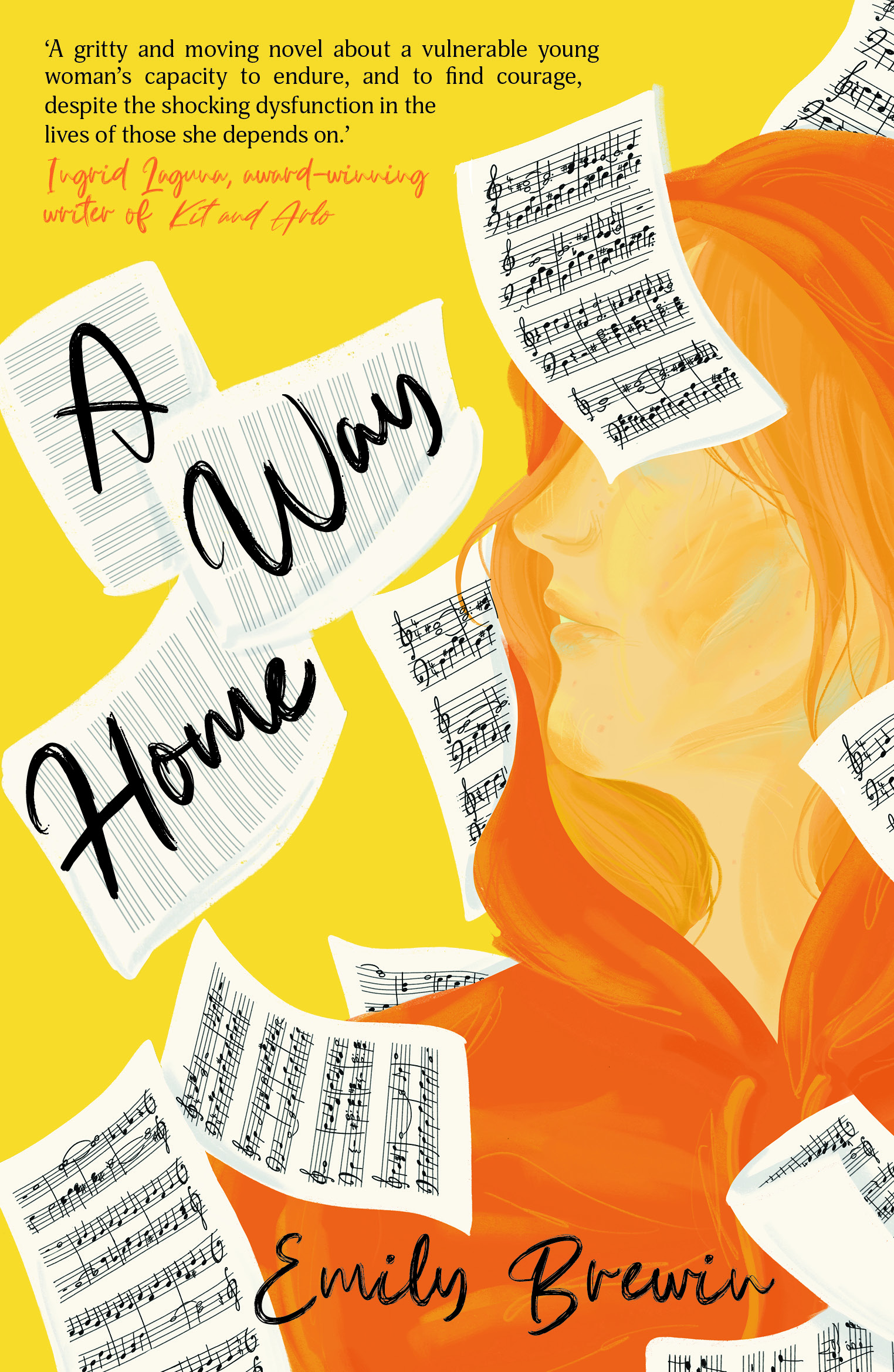Issue 129
Term 2 2024
A way home: Emily Brewin’s heartfelt dive into youth and resilience
Emily Brewin discusses her first YA novel, "A way home," exploring youth resilience, mental health, and identity.

Your new book, A way home, came out in April. Tell us a little about its story.
A way home is told from the point of view of Grace, who is 16 years old and living under a bridge in Melbourne’s CBD. She’s experiencing homelessness and we discover that she’s there because she’s grown up with a parent with bipolar disorder and that experience has set off a series of events that has led her to be homeless. It’s centred around her experience of living on the streets, the people that she meets, the kind of things that happen to her, but also her attempts to really find her way home again and discover what we mean by ‘home’, which becomes quite a broad idea for her through the story.
This is your first YA book. What inspired you to write for this audience?
I had been teaching for a long time, working with young people, seeing young people in the street and being aware of homelessness being an issue. The experience that incited me to write the book was actually when I was at the City Library in Melbourne reading. There’s a community piano on the second floor and there was a woman who pulled a trolley up to the piano; she was quite elderly. She had very long grey hair, she looked sort of bedraggled and I just assumed that she may have been homeless. I was curious to see what she was going to bang out on the piano. To my surprise, she sat down and started to play the most beautiful classical piano and the whole place just stopped and listened. In that moment, I became super curious about who she was and what her background was and where this came from and how she ended up where she was, which was obviously not a great place.
I started to do a bit of research and was able to discover who she was and that she, at times, did suffer homelessness. It turned out that she searched out pianos in the city – she’d been classically trained – and she would go around to these pianos in shops or public spaces and she’d play. I also found that she had suffered a mental illness and that this contributed to her ending up on the street. So, even though she wasn’t a young person, I suppose Grace and her mum kind of represent parts of that experience in that Grace suffers homelessness and her mum has had a mental illness.
Why were you drawn to writing about these issues in particular?
Young people, and especially young women, are vulnerable and often youth homelessness is very complex. Homelessness is a very broad term. It doesn’t just refer to people that are living on the streets. It can be people that are in transient accommodation or people that are couch surfing on friends’ couches. There’s a lot of ‘invisible’ homelessness and I wanted to bring attention to that. I tend to write in a genre called social realism, which looks at real issues through the lens of fiction, and I have a background in journalism. It’s really important to me to really make sure that what I’m writing is authentic and contains an aspect of social care.

Emily Brewin, Author
On your website, the book is described as ‘big-hearted’. Tell us a bit more about what that means.
I think another major theme of the book is friendship. Even though it deals with serious topics like homelessness, it does have a light touch, especially in the friendship that Grace has with another kid who’s living on the streets, Louie. They have a very playful friendship and tease each other, and they look out for each other because they’re two people on their own. Grace is missing her family, who for her is essentially her mum, but through the other people she meets she forges relationships that essentially become home for her, and that’s where the book’s heart lies.
What do you want a YA audience to take away when they read A way home?
I hope it gives them a bigger, broader perspective of homelessness. I hope it sparks their curiosity so that they are willing to dig a little bit deeper and to maybe see someone that’s not having a great time and really think about what that person is going through on a deeper level. And then, possibly, ‘How can I, as a member of society, connect with people like Grace?’ I want young people to walk away from this book with a window into a community that’s bigger than them alone, that involves a whole lot of different people from different backgrounds, and with a sense that we all have a story and we’re all important.
